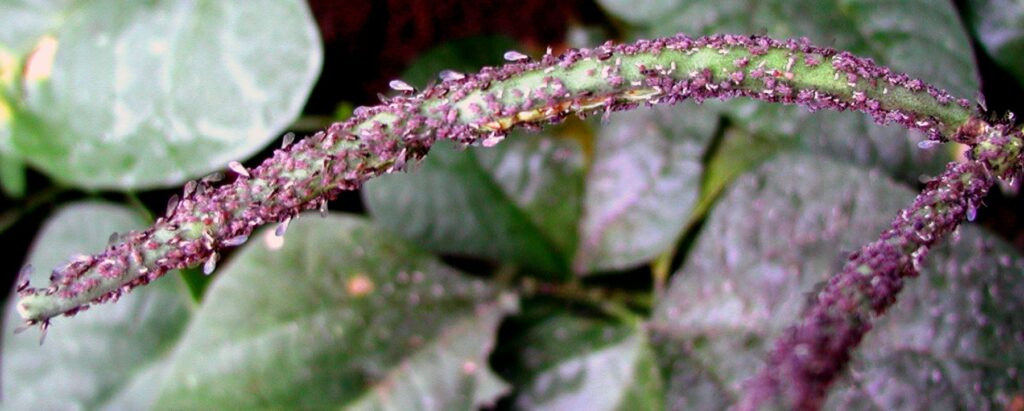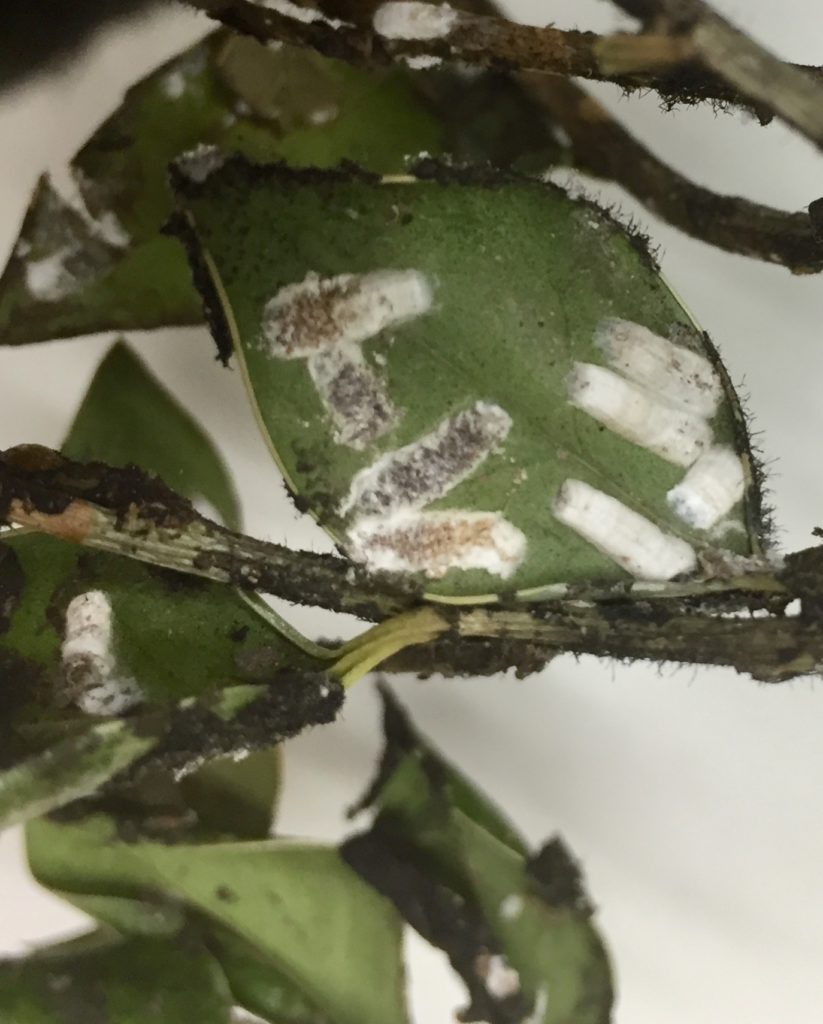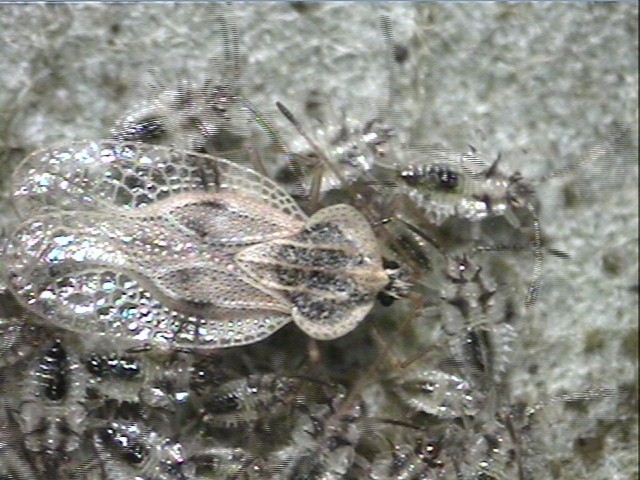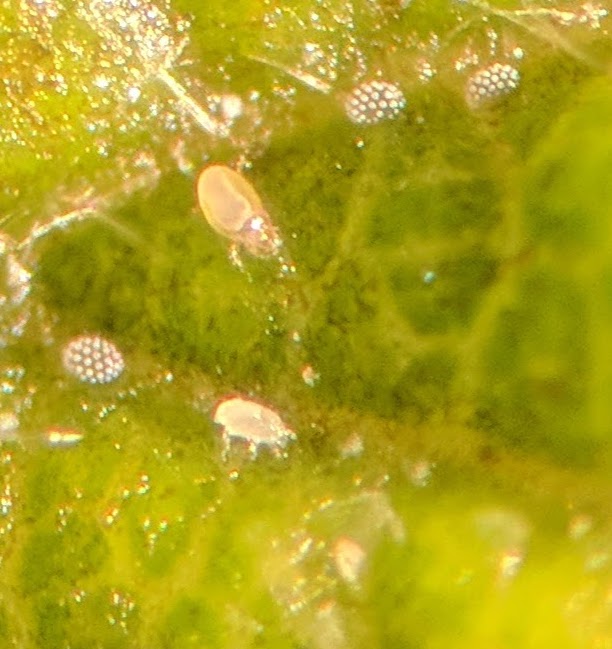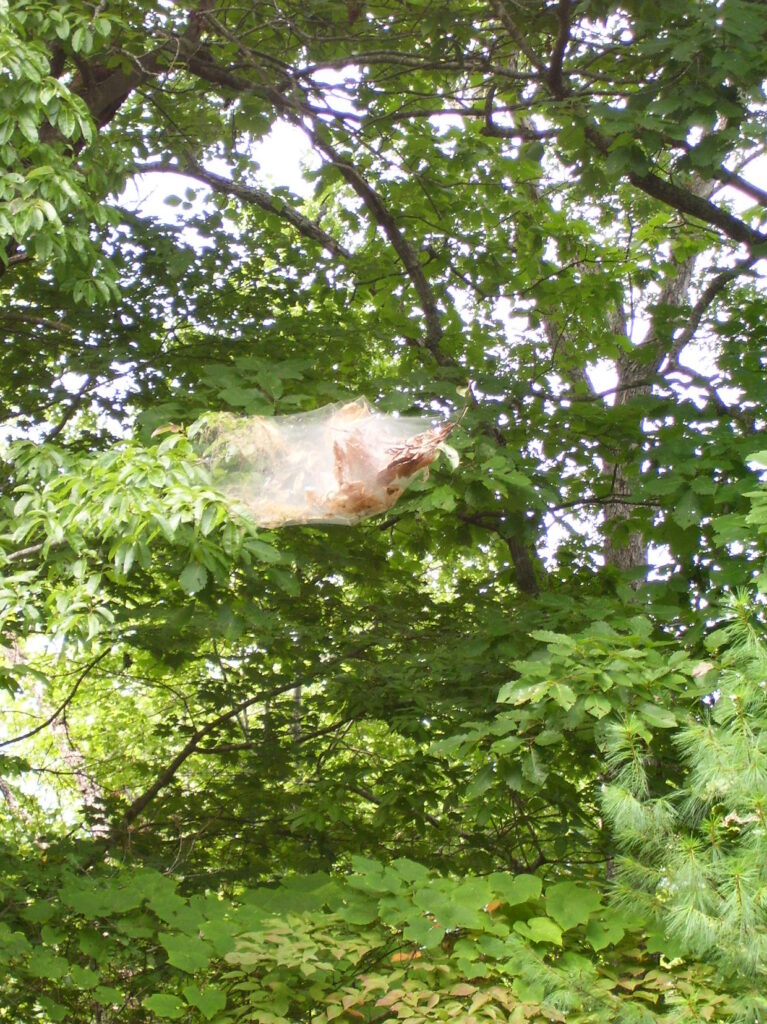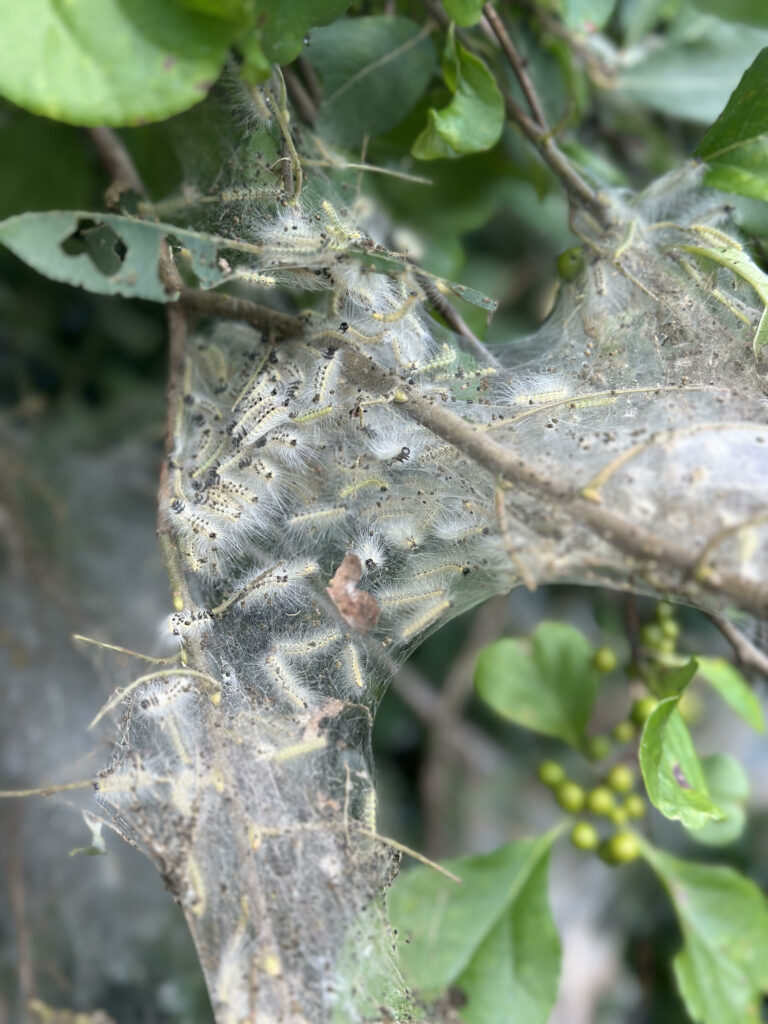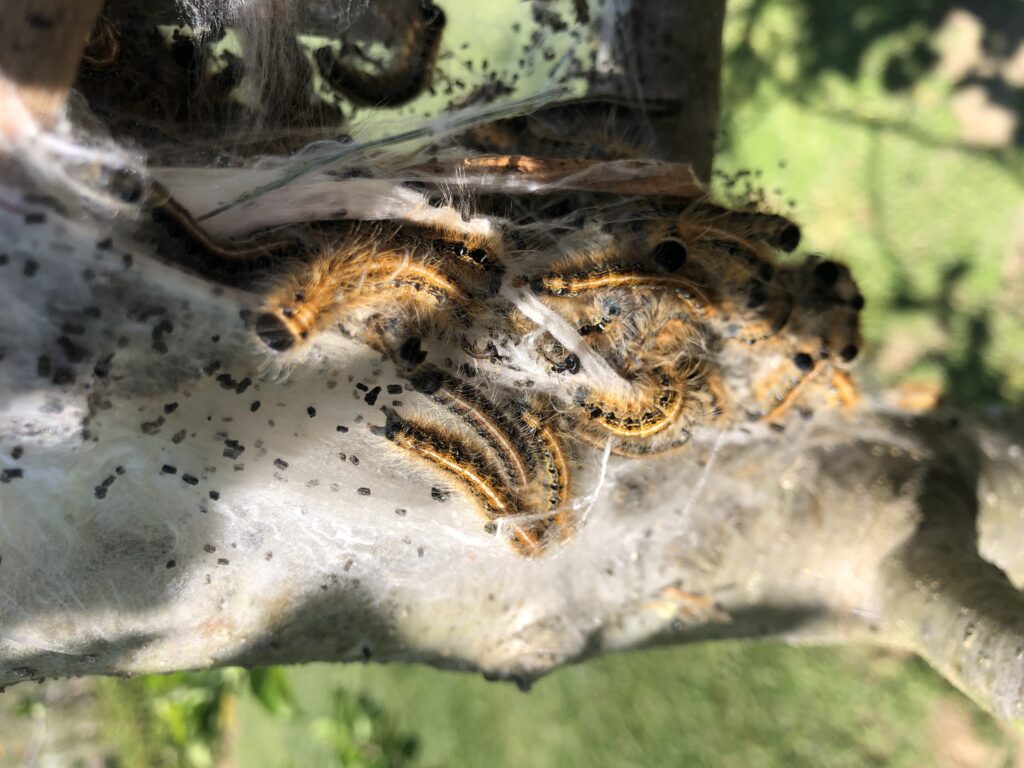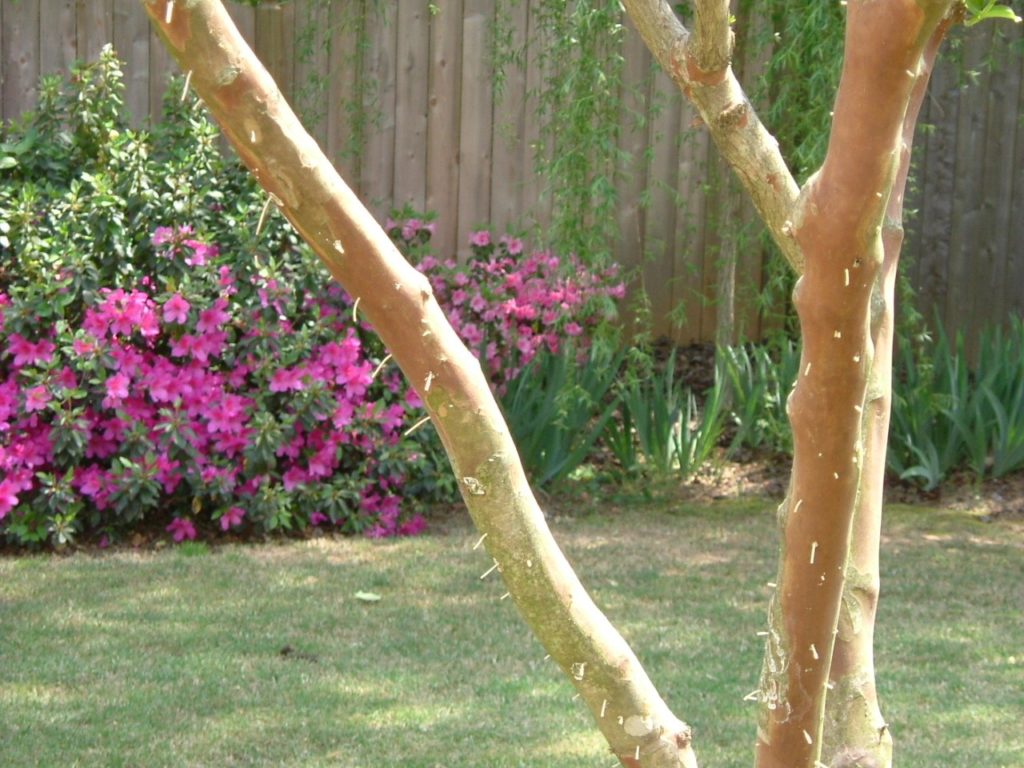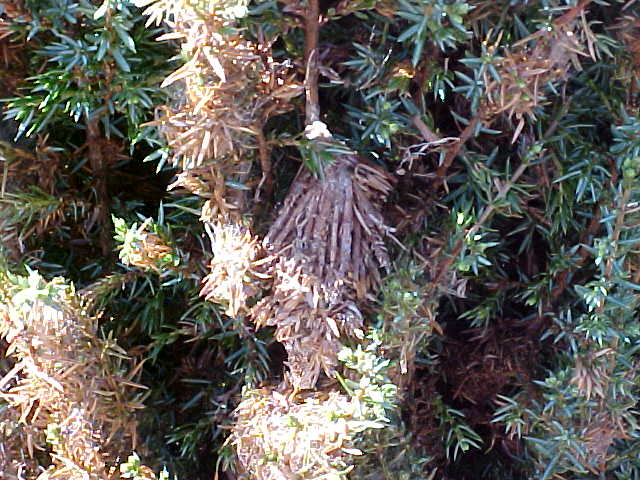Pest Alert – Common Insect Pests of Landscapes and Gardens
go.ncsu.edu/readext?1083068
en Español / em Português
El inglés es el idioma de control de esta página. En la medida en que haya algún conflicto entre la traducción al inglés y la traducción, el inglés prevalece.
Al hacer clic en el enlace de traducción se activa un servicio de traducción gratuito para convertir la página al español. Al igual que con cualquier traducción por Internet, la conversión no es sensible al contexto y puede que no traduzca el texto en su significado original. NC State Extension no garantiza la exactitud del texto traducido. Por favor, tenga en cuenta que algunas aplicaciones y/o servicios pueden no funcionar como se espera cuando se traducen.
Português
Inglês é o idioma de controle desta página. Na medida que haja algum conflito entre o texto original em Inglês e a tradução, o Inglês prevalece.
Ao clicar no link de tradução, um serviço gratuito de tradução será ativado para converter a página para o Português. Como em qualquer tradução pela internet, a conversão não é sensivel ao contexto e pode não ocorrer a tradução para o significado orginal. O serviço de Extensão da Carolina do Norte (NC State Extension) não garante a exatidão do texto traduzido. Por favor, observe que algumas funções ou serviços podem não funcionar como esperado após a tradução.
English
English is the controlling language of this page. To the extent there is any conflict between the English text and the translation, English controls.
Clicking on the translation link activates a free translation service to convert the page to Spanish. As with any Internet translation, the conversion is not context-sensitive and may not translate the text to its original meaning. NC State Extension does not guarantee the accuracy of the translated text. Please note that some applications and/or services may not function as expected when translated.
Collapse ▲Common Insects Pests of Plants In western North Carolina, there are many species of insects. Most are beneficial to us and the environment and we should protect them. Other insects however, are pests that eat or damage our landscape plants or vegetable crops. Click the links below to learn more about each pest.
Aphids – are tiny winged insects with a needle-like sucking mouthpart. They puncture plant cells and suck out the juices often on the underside of leaves but sometimes on fruit. Their feeding results in bronzing or stippling of leaves and tissues eventually killing plant parts. Their sugary droppings known as ‘honeydew’ can accumulate and result in a fungus known as ‘sooty mold’ growing on plants.
Scale – scale insects are sucking insects that secret a protective shell over their bodies settling down to feed in one specific spot. They also produce honeydew and lead to sooty mold. These parasitic insects can kill plants.
Lacebug – azalea and rhododendron lacebugs feed much like aphids and are similarly sized. They tend to specialize in rhodendrons and azaleas causing affected plant to change from green to bronze colored.
Spider mite – spider mites feed like aphids, scale and lacebugs do with sucking mouthparts. However, these tiny insect-like creatures are actually eight-legged being more closely related to spiders. They cause similar damage but will create very fine delicate spider webs on severely infested plants.
Fall webworms – fall webworms are caterpillars that feed in the fall on trees. They create big webs at the ends of branches feeding on leaves. These insects do not kill trees. if they worry you you can tear open their webs and they will be vulnerable to bird feeding.
Eastern Tent caterpillars – tent caterpillars occur in the spring making webs in the crotches of branches near the trunk of trees. These caterpillars can be a pest in tree fruits.
Ambrosia beetles – ambrosia beetles are tiny beetles that bore into trees spreading a fungus that will eventually kill the tree.
Bagworms – bagworms are caterpillars that feed on conifers. They create a Christmas tree-like ornament from leaves needles of the plant dangling off of branches. Bagworm caterpillar feeding often kills conifers.
Beetles – there are many species of beetles that damage plants. Japanese beetles are just one that feeds on the leaves of ornamental plants. Other beetle pests include cucumber beetles, Colorado potato beetles, pine bark beetles,
Controlling insect pests requires first identifying them. Feel free to email your local County Agent Steve Pettis pictures of insects that you need identified. Next you should choose the least toxic pest control method as a starting point. Here is a list of ‘biorational’ insecticides for you to consider.





